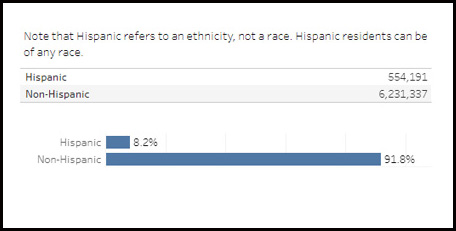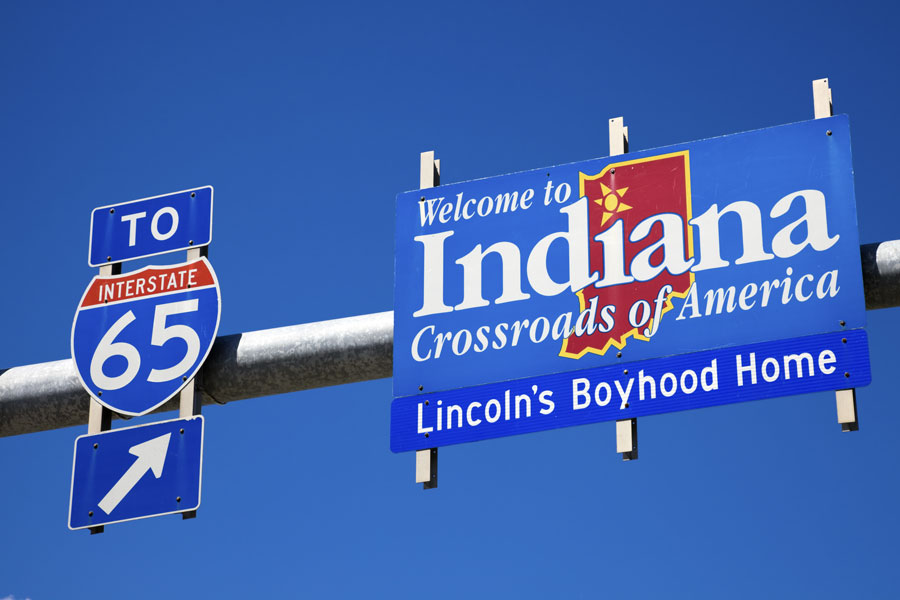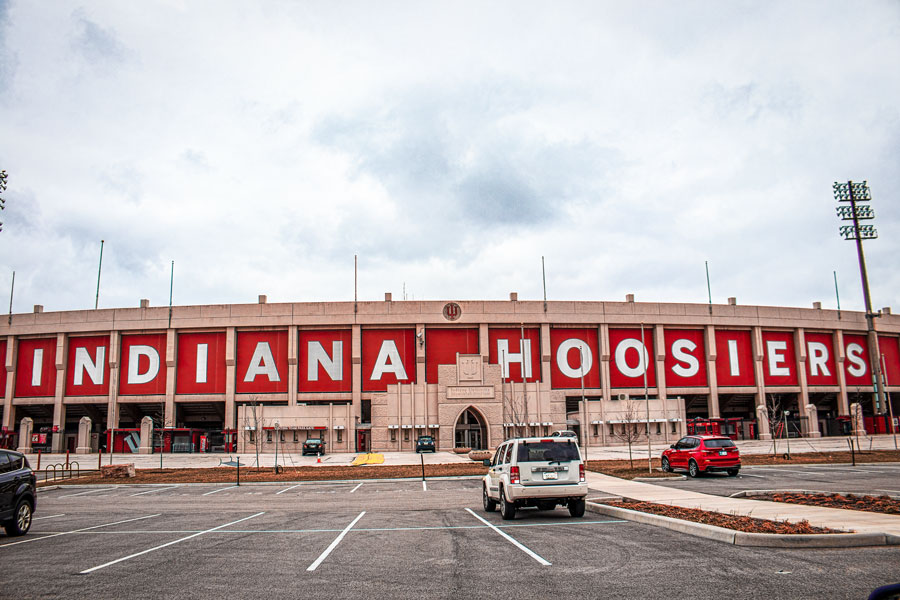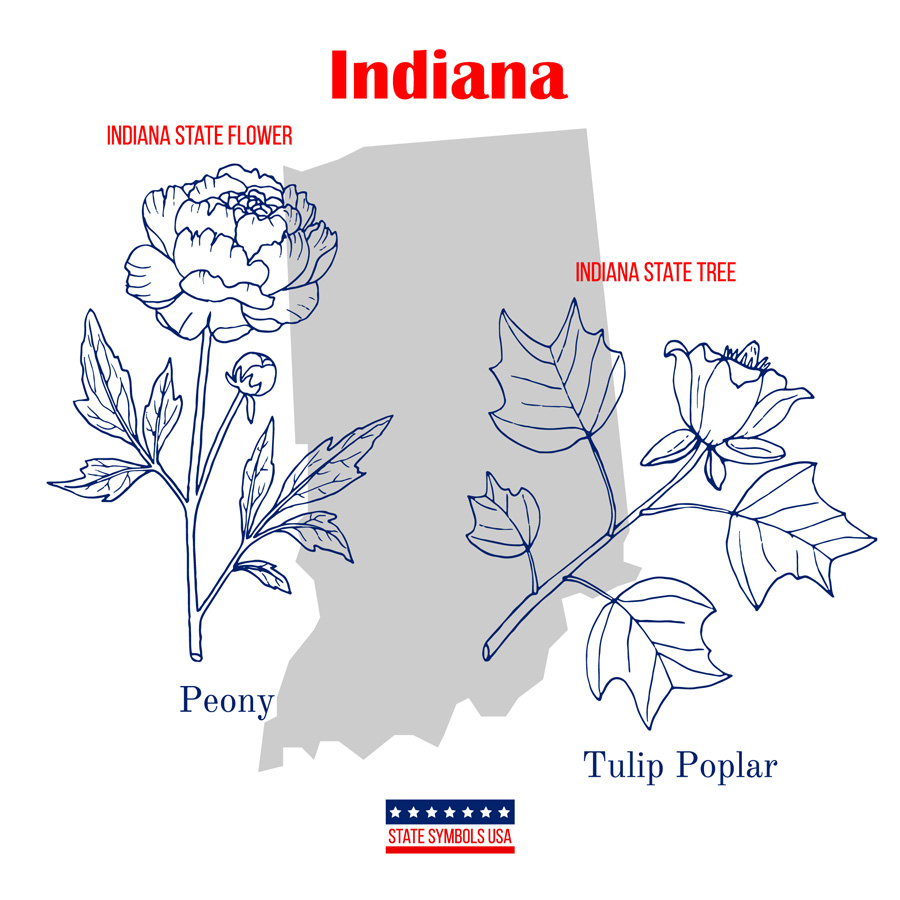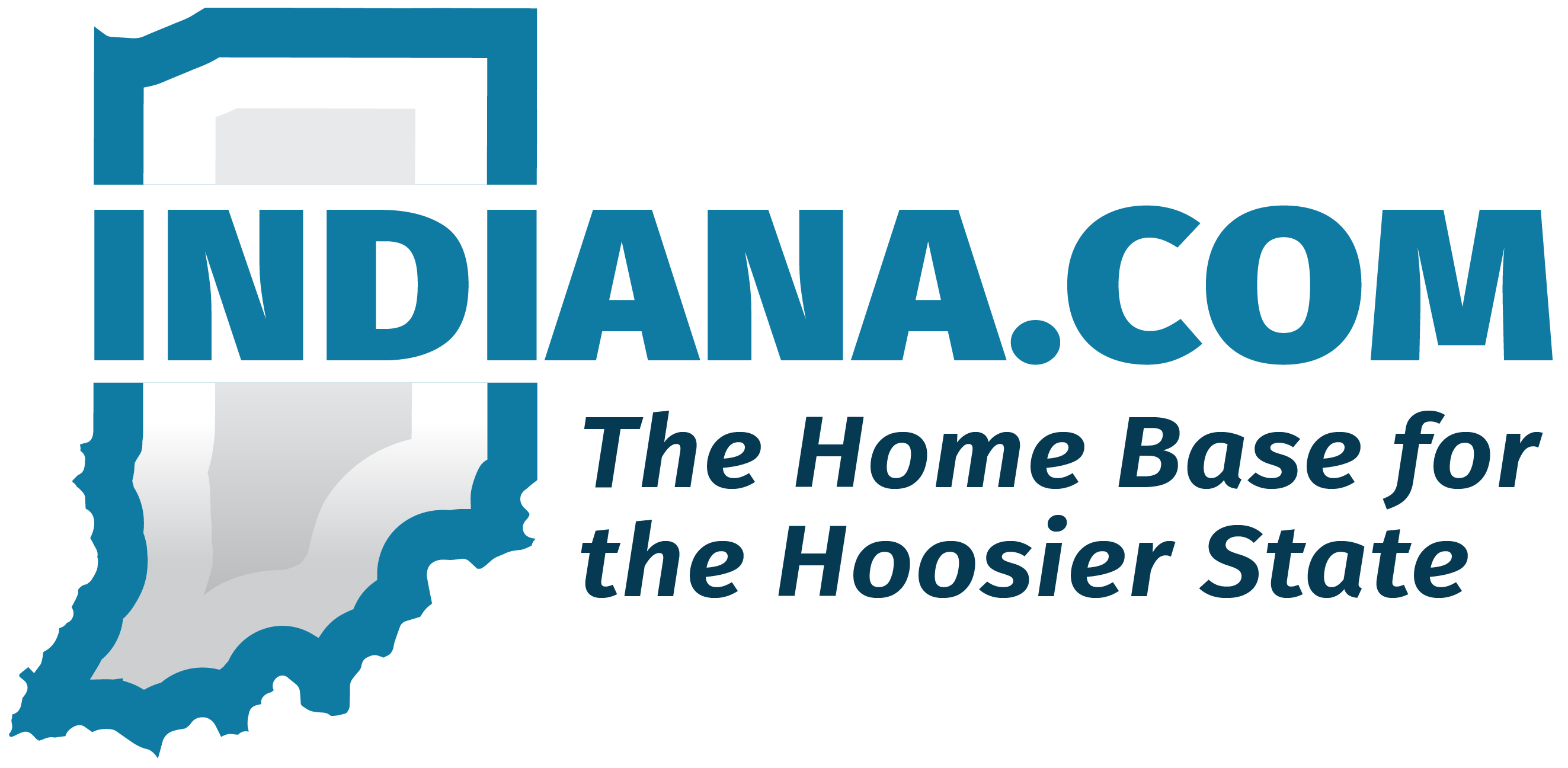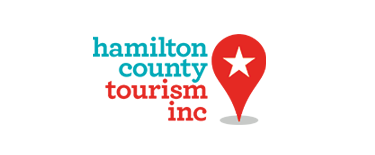State of the State
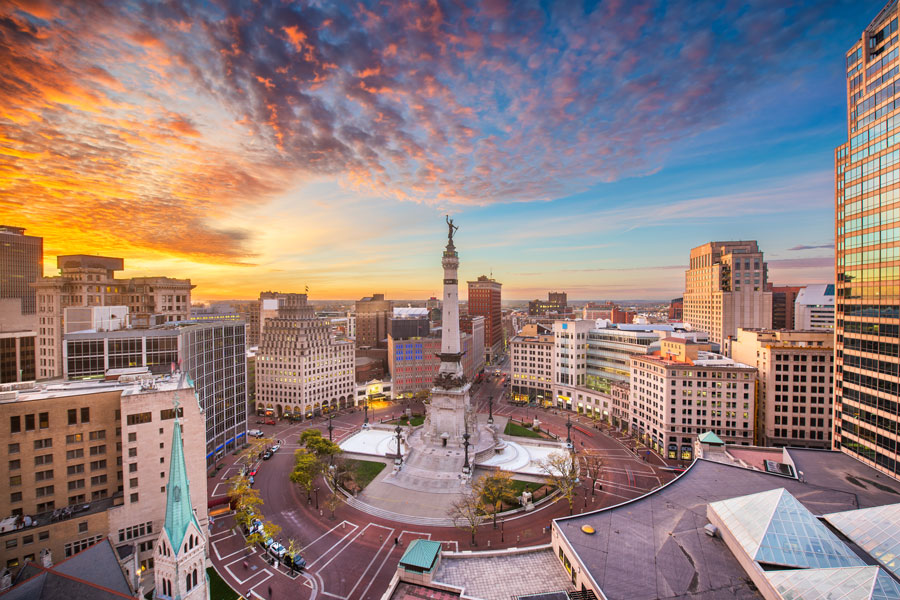
A little background and history of our state.
Known by the motto of “The Crossroads of America,” Indiana – admitted on December 11, 1816, as the 19th state of the union – is an integral part of the American Midwest, bordering Lake Michigan and the state of Michigan to the north, Ohio to the east, Kentucky to the south, and Illinois to the west.
The use of the word “Indiana” dates back to 1768, when a Philadelphia-based trading company gave its land claim in present-day West Virginia the name “Indiana” in honor of its previous owners, the Iroquois.
Corydon was Indiana’s first state capital. The state’s current capital – and largest city – was moved to Indianapolis in 1825. Indiana it is the 38th-largest by area and the 17th-most populous of the 50 United States, with a population of 6,785,528 according to the 2020 United States census.
Indiana is situated upon 36,417 square miles of land, with the average altitude being approximately 760 feet above sea level.
Indiana’s name is generally thought to mean “land of the Indians,” and indigenous peoples inhabited Indiana for thousands of years, and the state was largely possessed by native tribes even after it was granted statehood.
Indiana is known as the “Hoosier State,” and anyone born in Indiana or who is a resident at the time is considered to be a Hoosier. The origin and meaning of the term remains a matter of debate, but “Hoosier” was in general use by the 1840s, having been popularized by Richmond resident John Finley’s 1833 poem “The Hoosier’s Nest.”
“Hoosiers” is also the name of the Indiana University athletic teams, and the 1986 film Hoosiers – starring acclaimed actors Gene Hackman, Barbara Hershey and Dennis Hopper – is inspired by the story of the 1954 Indiana state basketball champions Milan High School.
The largest educational institution is Indiana University; however, the state is perhaps best known as the home of the state University of Notre Dame du Lac – known simply as Notre Dame – a private Catholic research university in Notre Dame, Indiana, outside the city of South Bend, recognized as one of the top universities in the United States. The university’s Notre Dame Fighting Irish athletic teams are known the world over, and their football team was featured front-and-center in the 1993 American biographical sports film Rudy.
The official Indiana state tree is the tulip, the official flower is the Peony, the official bird is the cardinal, and the official song is On the Banks of the Wabash, Far Away, written by Terre Haute native Paul Dresser. The official state flag of Indiana was adopted by the Indiana General Assembly in 1917, and was designed by Paul Hadley of Mooresville as part of a design contest. The flag has a blue background with yellow symbols. A torch in the middle of the flag is said to represent liberty and enlightenment, and rays emanating from it illustrate the state’s far-reaching influence. The flag also features 19 stars, with the outer 13 representing the country’s original 13 colonies and the remainder reflecting states admitted to the Union before Indiana; the 19th star, positioned directly above the torch. symbolizes Indiana itself.
Indiana played an important role in the American Civil War, with soldiers hailing from the state participating in all the war’s major engagements. In 1861, Indiana was tasked with recruiting 7,500 men to join the Union Army; however, there were so many volunteers from the state’s residents that thousands had to be turned away.
Many Indiana families also provided shelter for runaway slaves both before and during the Civil War, with the farming community of Newport – today called Fountain City – becoming known far and wide as the “Grand Central Station of the Underground Railroad” due to its residents assisting over 2,000 runaway slaves to escape and make their way north to freedom.
After the war, Indiana was mainly an agricultural state, with the prominent industries being mining, meatpacking, and food processing; as the 20th century progressed, Indiana would develop into a leading manufacturing state, becoming a leader in the early years of the automobile boom. Following the end of World War Two, the auto, steel and pharmaceutical industries became Indiana’s major businesses.
Bedford, Indiana is known as the “Limestone Capital of the World,” and Indiana limestone from this city was used in the construction of the Empire State Building in New York City, the Pentagon and National Cathedral in Washington, D.C.
Indiana is home to numerous professional sports teams, including the NFL Indianapolis Colts football team, the NBA Indiana Pacers basketball team, and the independent Frontier League Evansville Otters baseball team.
In addition, Indiana has an extensive history with auto racing, with Indianapolis hosting the Indianapolis 500 mile race every May over Memorial Day weekend at the Indianapolis Motor Speedway. The race attracts more than 250,000 people every year, making it the largest single-day sporting event in the world.
Indiana also boasts numerous popular tourist attractions for visitors to the state to partake in, including the Eiteljorg Museum of American Indian and Western Art; the Fort Wayne Children’s Zoo; the Indianapolis Motor Speedway Museum; the Snite Museum of Art at Notre Dame; The Children’s Museum of Indianapolis; Prophetstown State Park; the Studebaker National Museum; the WonderLab Museum of Science, and many more.
As you can see, Indiana is a fascinating state that is deeply steeped in history, culture, and tradition, and has – and will undoubtedly continue – to play a significant role in the ongoing saga of the United States forevermore.
For more information on the state visit The Official Indiana Office of Tourism Development at visitindiana.com or the Capital visitors site for Indianapolis, www.visitindy.com.
By The Numbers
Data based on 2020 Census (Redistricting data)
Source: The Indiana Business Research Center / U.S. Census Bureau (visit)


